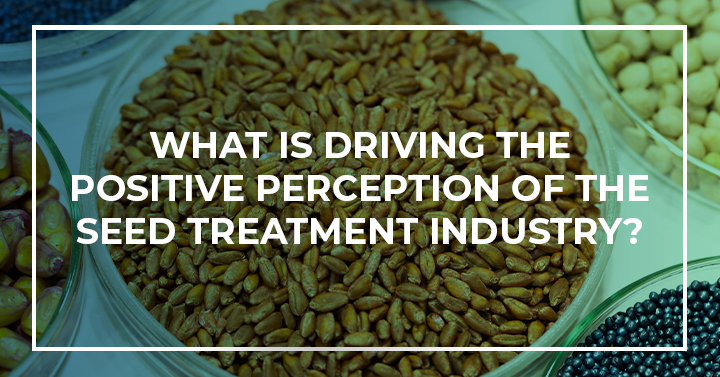The seed treatments market is one of the most resilient and consistently growing markets within the global agrochemicals industry. Currently estimated to be worth almost USD 4.5 billion across 12 key countries, as analyzed by Kline — and growing at a CAGR of 3.1% annually — the market sector has proven to be a lucrative industry for agrochemical manufacturers and distributors. However, it has been challenged to change due to various factors.
The last few years have been difficult for the sector due to a constant stream of adjustments such as mergers and acquisitions of major agrochemical companies, as well as the COVID-19 pandemic disrupting the global trade marketplace. One of the biggest issues that has arisen in the past decade is the alleged link between bee declines and pesticide use. Major research efforts and a large public push have resulted in the European Union implementing a ban on neonicotinoids, which has resulted in some of the best-selling insecticide products being withdrawn from the market. By 2018, leading ingredients such as Clothianidin, Imidacloprid, and Thiamethoxam were officially withdrawn from sale in all EU countries. This decision is starting to have major ripple effects on other countries on a global scale. Countries such as Brazil, China, and the United States have all begun taking action by conducting their own risk assessment analyses on pesticide residues. The Environmental Protection Agency (EPA) banned 12 neonicotinoid-based products in 2019 and, with many products needing reapproval by 2022, more bans can follow. If other major countries introduce similar measures, further developing countries will likely follow suit. This would help align local regulations to allow easier international trade, address concerns from the domestic population, and improve environmental sustainability efforts.
However, banning pesticides is itself a difficult measure to enforce and adapt to. The regulatory framework is often driven by lobbyist groups and counted by affected companies, prolonging the processing timeframe. Politics plays a role and, as in the case of Brazil, the government under President Jair Bolsonaro reapproved pesticides previously banned. Loopholes within regulations also allow for farmers to access chemicals despite them not being allowed for use. In some cases, farmers can apply for emergency authorizations for the use of specific ingredients if there is no other solution to imminent problems. In the United Kingdom, many emergency authorizations have been requested in the past few years, with only a limited number being approved. The most common one is Thiamethoxam being used for controlling the yellow virus in sugarbeet production.
This example presents one of the biggest issues surrounding pesticide bans for the seed treatment industry. Traditional chemical pesticides have been well–established for many years, and new chemistries were less needed. Farmers grew confident in their efficacy. But as bans became a reality, manufacturers and farmers have been pushed to adapt to these changes. Manufacturers have increased funding for research and development for new product chemistries. New products are entering the market more frequently; for example, Syngenta recently announced the registration for a new ingredient, Picarbutrazox, in its new Vayantis fungicide brand. Another major development within this segment is the advancement in the use of biologically based ingredients. Biopesticides and biostimulants used in seed treatments have both grown dramatically in use over the past decade. BASF recently introduced the Vault IP seed treatment product for soybeans; it includes bradyrhizobium japonicum, which allows for increased nitrogen fixation and is a dual inoculant and biofungicide treatment.
How are farmers adapting to these product changes? Keep up with Kline as we look into this ever-changing market with the launch of our Global Seed Treatment: Global Market Analysis and Opportunities study for 2021.

